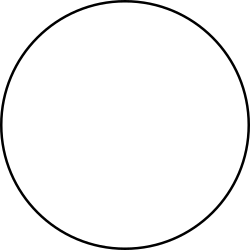These are lists of planets. A planet is a large, rounded astronomical body that is neither a star nor its remnant. The best available theory of planet formation is the nebular hypothesis, which posits that an interstellar cloud collapses out of a nebula to create a young protostar orbited by a protoplanetary disk. There are eight planets within the Solar System; planets outside of the solar system are also known as exoplanets.

As of 7 November 2024, there are 5,787 confirmed exoplanets in 4,320 planetary systems, with 969 systems having more than one planet.[1] Most of these were discovered by the Kepler space telescope. There are an additional 1,982 potential exoplanets from Kepler's first mission yet to be confirmed, as well as 975 from its "Second Light" mission and 4,623 from the Transiting Exoplanet Survey Satellite (TESS) mission.[2]
- Transit: 4,307 (74.5%)
- Radial velocity: 1,094 (18.9%)
- Microlensing: 230 (4.0%)
- Direct imaging: 82 (1.4%)
- Transit-timing variation: 32 (0.6%)
- Eclipse timing variation: 17 (0.3%)
- Orbital brightness modulation: 9 (0.2%)
- Pulsar timing variation: 8 (0.1%)
- Astrometry: 3 (0.1%)
- Pulsation timing variation: 2 (0.0%)
- Disk kinematics: 1 (0.0%)
- ^ "Exoplanet and Candidate Statistics". NASA Exoplanet Archive. Retrieved 7 November 2024.
- ^ a b Cite error: The named reference
NASA Counts Detailwas invoked but never defined (see the help page).
